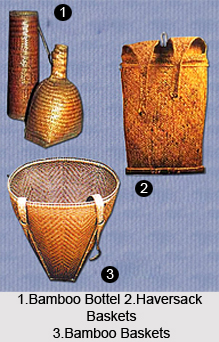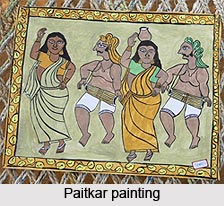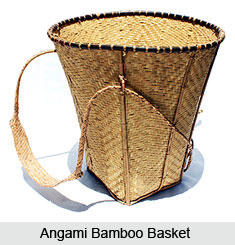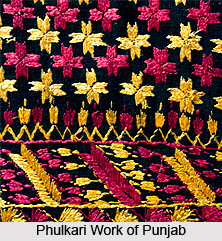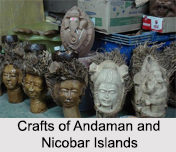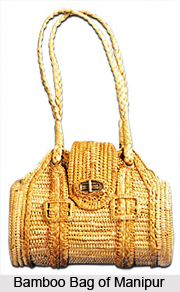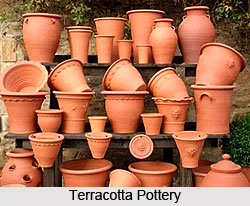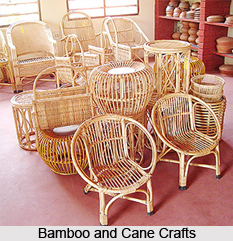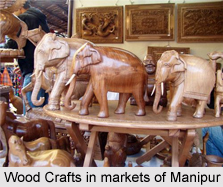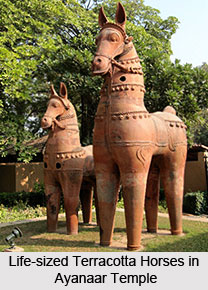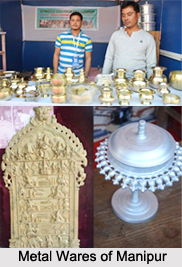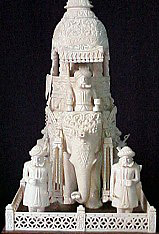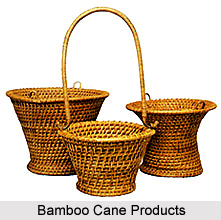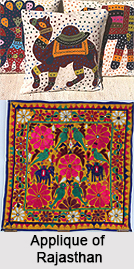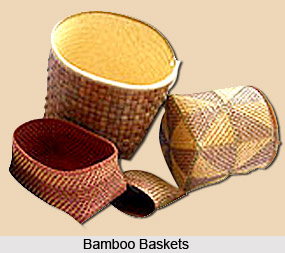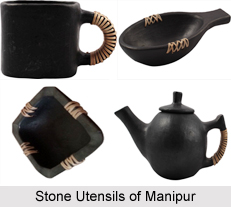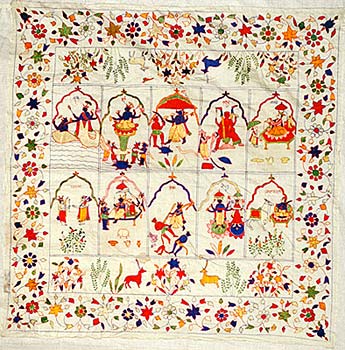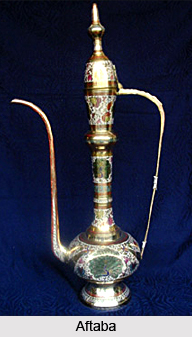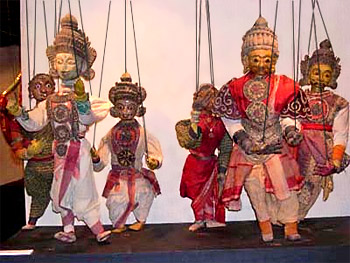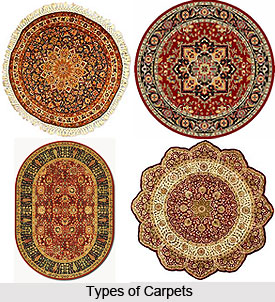 Indian Carpets are made by weaving tight knots and displaying designs through bright, contrasting colours. These carpets are common in north India and used in order to avoid the chilling floor. However with time it has become a symbol of sophistication and interior decor.
Indian Carpets are made by weaving tight knots and displaying designs through bright, contrasting colours. These carpets are common in north India and used in order to avoid the chilling floor. However with time it has become a symbol of sophistication and interior decor.
History of Carpet Weaving in India
Carpet weaving has strong traditions in India. In the early stages, the motifs used in the Indian carpets were purely Persian. Later, various other designs were introduced from China, Afghanistan, Turkey, Morocco and Iran. The Mughals imported weavers from Persian countries, which were famous for carpet manufacturing. Under royal patronage, the artisans made beautiful carpets with aesthetically perfect designs and colours.
Hand knotted Carpets of Kashmir made its appearance in India during the 15th century. In Kashmir, it attained a high degree of perfection especially under the Mughal emperors. Sometimes silk or cotton is used for the warp with quality wool pile for weft. The appearance and number of knots on the back of the carpet indicates the quality. Among the hand knotted ones the Bokhara Carpets are one of the finest with about 125-500 knots in a square inch.
Carpet Weaving in different regions of India
Each region developed a distinct style of carpet weaving. In the hilly and mountainous regions of India, from Ladakh through Darjeeling and Sikkim to Manipur, carpets are made of pure wool in glowing colours. The predominant motifs are those of the dragon, lion and lotus. Patterns are also taken from Buddhist stupas with flag, the kalash water-vessel and the twin fish. These carpets essentially belong to Central Asia.
Kashmir has developed some of its own distinct designs based on shawl patterns, the traditional paisley, leaves and flowers. Kashmiri carpets are world renowned for their specific two features. Firstly, they are handmade, never machine made. And secondly, they are always knotted, never toughed.
Types of Carpet Weaving in India
High quality Indian carpets are available mostly in three varieties Persian (Isfahan and Kashan), Turkoman and Aubusson (French). Designs in the Persian Isfahan variety are long leaf and floral. Persian Kashan variety is small with floral arrangement are common. In the Persian designs, seven to eleven shades are generally used. The Turkoman has only the Mohru Bukhara variety. The French Aubussan accounts for more than half the carpets manufactured in Agra.
Carpet weaving in Kashmir has Persian influence. Till date, most designs are distinctly Persian with local variations. Kashmiri carpets are more subtle and muted than elsewhere in the country where only chemical dyes are used. Kashmir is famous for its fine quality carpets, an average piece being made with about 324 knots per square inch.
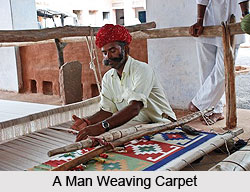
Piled Carpets in India are believed to have originated during the rule of Mughals. It is claimed that during the reign of Sher Shah, a nawab by the name of Dandi came to this region bringing with him some pile carpet weavers. These carpets were patronised by the rulers, maharajas, rajas, nawabs, jagirdars and all classes of aristocracy and naturally the industry grew and flourished. The Persians introduced the art of pile carpet weaving in silk and wool. Akbar` s successor, Jahangir and later Shah Jahan further encouraged the development of this craft.
Carpet weaving in States of India
Fine quality carpets are also produced in places like Amritsar, Agra, Jaipur and Eluru and Warangal. The Mirzapur-Bhadohi belt in Uttar Pradesh represents the most important area of carpet weaving in the country as it has the largest number of carpet weavers. This area specialises in the lower, medium and low-fine qualities and accounts for nearly 90 per cent of the total production of carpets in India. The fineness of a carpet is judged from the number of knots per unit area, and the design, colours and quality of yarn. The firmness, thickness and appearance of the back of a carpet are the important considerations in determining the quality of the carpet.
Rajasthan is a traditional producer of fine quality hand-knotted woollen carpets. Jaipur was highly renowned for its carpets. Some of the finest samples of the old Mughal carpets are today in the city palace museum, the prized possession of the Maharaja of Jaipur. The Indo-Heretic designs consist of smaller angular motifs enclosing little rosettes are manufactured. These carpets are known for the boldness of the carving stems and the harmony of the colours.
Namdhas are a type of Indian Carpets that originated in Kashmir. The namdha is a specialty of Kashmir, which is so named because of the embroidery with woollen thread that completely covers the base of Hessian. Namdhas are either embroidered or appliqued.
Obra in Bihar is famous for carpet weaving. Himachali carpets are brilliant in colours and traditional motifs. The Bhutias are the traditional weavers who make small bedside carpets (duns) and asans. The old alpana designs drawn on the floor on festive occasion are used. The geometrical pattern with floral motifs, like the two mythical Tibetan birds called the Dak and the jira, the dragon, the lion and the god of lighting- the zip zag lines.
